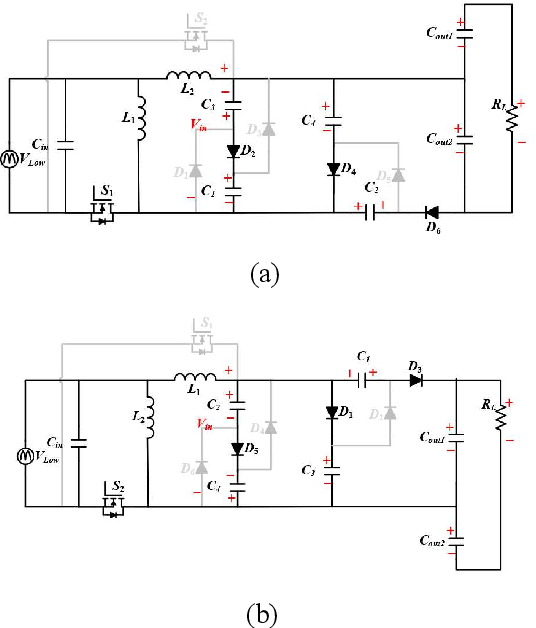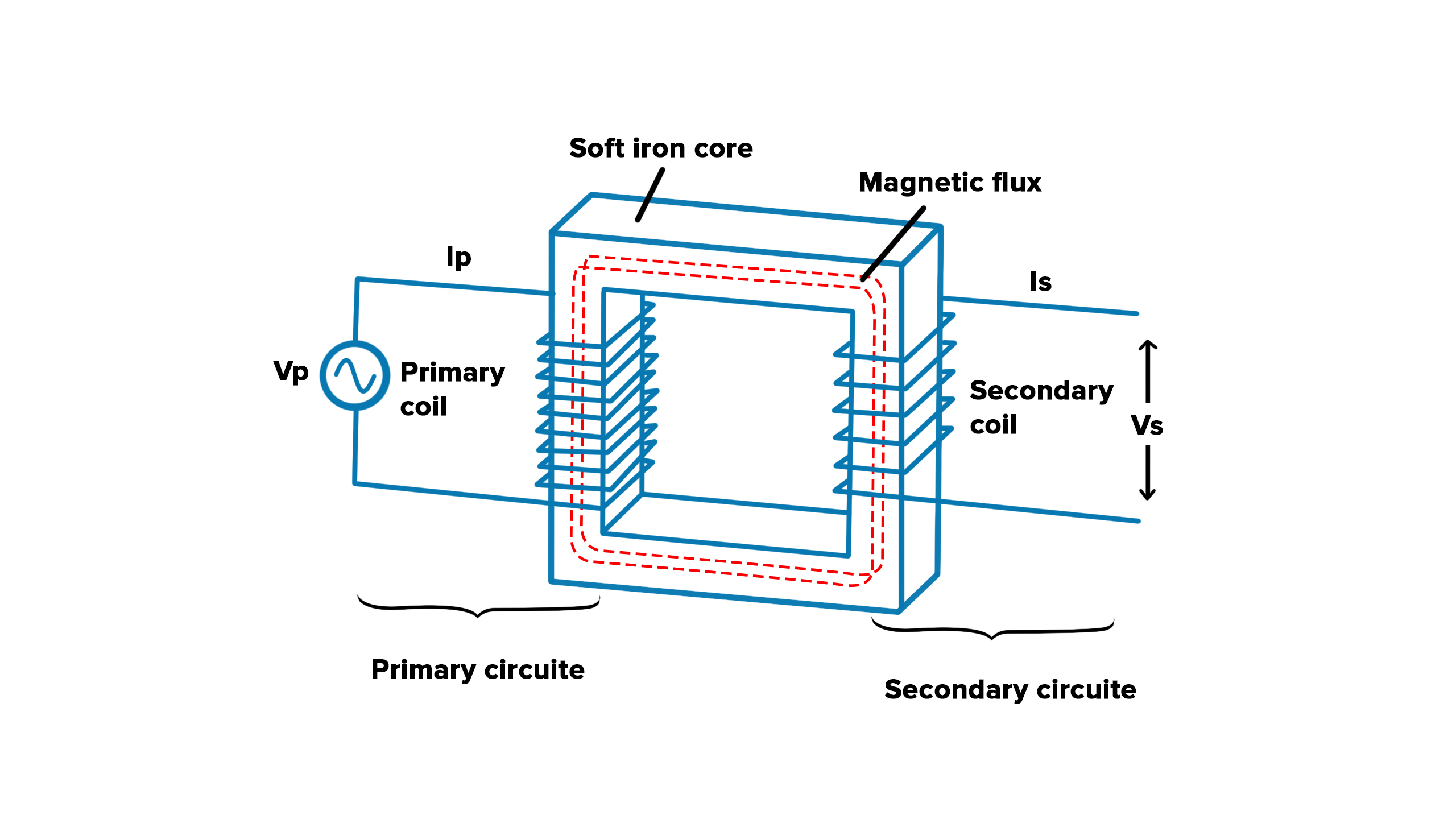Sensational Tips About What Is The Principle Of Step Up Converter

DC Stepup Converter Schematic Download Scientific Diagram
The Inductor: The Energy Heartbeat
Storing and Releasing Power
Imagine an **inductor** as a tiny, highly efficient energy battery, but one that stores power in a magnetic field instead of chemicals. When electricity flows through it, the inductor builds up this magnetic field. The more current that passes through, and the longer it flows, the more energy gets packed away.
Now, here's where it gets interesting: when that flow of electricity is suddenly interrupted, the inductor doesn't just give up. Instead, it powerfully releases all that stored magnetic energy. This release creates a sudden, strong surge of voltage across the inductor. It's not random; it's a predictable reaction governed by a fundamental law of physics. Think of it like stretching a rubber band and then letting go — all that stored potential energy gets converted into motion.
This characteristic of an inductor — its tendency to resist changes in current and generate a high voltage spike when the current stops — is exactly what the step-up converter uses to its advantage. It's similar to how you pump a swing: a series of well-timed pushes makes it go higher and higher. The inductor is the swing, and the electronic switch provides those perfectly timed pushes.
Without the inductor's ability to store and quickly release energy, the step-up converter simply wouldn't be able to boost voltage. It's truly the quiet powerhouse, meticulously managing the energy transfer that makes the whole operation work.

The Switch: The Rhythmic Conductor
Pulsing the Electrical Current
Next up in our essential components is the **switch**. In today's step-up converters, this is usually a super-fast electronic device called a **MOSFET**. This switch isn't flipped by hand; instead, a special control circuit, often called a **PWM (Pulse-Width Modulation) controller**, turns it on and off extremely rapidly.
When the switch is "on" (closed), electricity flows from your power source, through the inductor, and starts building up that magnetic energy we just talked about. During this phase, the inductor acts almost like a direct connection, and the current steadily increases. It’s a bit like slowly filling a bucket with water; the water level (current) rises smoothly.
The magic happens the moment the switch quickly turns "off" (opens). At this precise instant, the inductor, true to its nature, fights against the sudden stop in current. It rapidly collapses its magnetic field, generating a significant voltage across itself. This new, higher voltage then combines with the original input voltage, effectively boosting the overall power. This continuous, rapid on-off switching is the very heartbeat of the step-up converter, constantly charging and discharging the inductor.
The speed and timing of this switching are absolutely critical. A faster switching rate often allows for smaller inductors and capacitors, which means a more compact and efficient design. It's a finely tuned performance, where the switch sets the pace, and the inductor responds with its voltage-boosting crescendo.

Figure 1 From A New Stepup Converter With Voltage Booster Units And
The Diode and Capacitor: The Guardians of Smoothness
Ensuring One-Way Flow and Stable Output
Once the inductor releases its stored energy, creating that powerful voltage spike, we need a way to capture and stabilize this boosted power. That's where the **diode** and **capacitor** step in, working together to deliver a steady, higher output voltage. The diode, a clever semiconductor device, acts like a one-way gate for electricity, only allowing it to flow in a single direction.
When our switch turns off, and the inductor's voltage rises, this increased voltage pushes current through the diode, sending it onwards to the output capacitor and whatever device you're powering. Crucially, when the switch turns back on and the inductor starts recharging, the diode immediately blocks the path, preventing the output capacitor from losing its charge back into the inductor. It’s like a bouncer at an exclusive club, only letting the "boosted" electricity through.
Meanwhile, the **capacitor** acts as both a temporary energy storage unit and a filter for the output. As the inductor's energy is transferred, the capacitor quickly charges up. During the brief moments when the switch is on and the inductor is busy recharging, the capacitor steps in to supply power to your device, ensuring a smooth and consistent output voltage. Without it, you'd get a bumpy, fluctuating power supply instead of a steady one. Think of it as a shock absorber, evening out the electrical ride.
Together, the diode and capacitor form an indispensable team, turning the inductor's pulsed voltage into a usable, stable output. Without their combined effort, the step-up converter would deliver a chaotic and unpredictable waveform, making its voltage-boosting abilities useless. They truly are the quiet heroes that ensure stability and refinement in this clever circuit.

The Feedback Loop: The Brains Behind the Boost
Keeping the Voltage Just Right
While all the components we've talked about are essential, a truly practical step-up converter needs a way to maintain a steady output voltage, even if the input power changes or the device it's powering draws more or less current. This crucial task is handled by a clever system called the **feedback loop**. It's like the converter's own internal monitoring system, constantly checking the output and making tiny adjustments.
This feedback loop typically includes a circuit that "senses" a small portion of the output voltage. This sensed voltage is then compared to a precise, pre-set reference voltage. Any difference between the two creates an "error signal." This error signal then tells the PWM controller how to adjust the switch's "duty cycle" — which is the proportion of time the switch stays on during each rapid switching cycle.
So, if the output voltage starts to dip, the feedback loop immediately detects it, and the PWM controller responds by making the switch stay on a little longer. This allows the inductor to store more energy, resulting in a higher output voltage. Conversely, if the output voltage climbs too high, the switch stays on for a shorter period, meaning less energy is stored and the output voltage comes back down.
This constant monitoring and adjustment create a closed-loop system that actively regulates the output voltage, making the step-up converter a highly reliable and adaptable power solution. It’s like a skilled chef constantly tasting a dish and adding seasoning as needed to keep the flavor perfectly balanced.

Power Supply How Does This Step Up Converter Work? Electrical
Everyday Uses and Future Possibilities
Where Boost Converters Power Our World
The principle of the step-up converter, while it might seem a bit technical, underpins a huge number of electronic devices we use every single day. Its ability to efficiently raise voltage from a lower source makes it incredibly important in situations where power needs to be precise and optimized. From small gadgets to complex industrial equipment, the boost converter is silently making things work.
Think about a simple LED flashlight. Often powered by just one 1.5V AA battery, the LEDs themselves usually need a higher voltage, perhaps 3V or more, to shine brightly. A tiny step-up converter tucked inside does the heavy lifting, taking that small 1.5V and boosting it to the level needed. Similarly, in your power bank, boost converters take the lower voltage from the internal lithium-ion battery and step it up to the 5V required for USB charging your phone.
Beyond our personal gadgets, step-up converters are vital in cars, powering various electronic systems that need different voltage levels from the car's main 12V battery. They're also essential in renewable energy systems, for example, boosting the voltage from solar panels to a level that can efficiently charge batteries or connect to the electrical grid. Their versatility truly extends to almost every corner of modern technology.
The elegant simplicity of the step-up converter's core idea, combined with the sophistication of modern control circuits, continues to drive advancements in power electronics. As our world demands more efficient and flexible power solutions, the boost converter will undoubtedly remain a cornerstone, ensuring our devices always have the power they need, right when they need it.

Stepup Vs Stepdown Transformers A Comprehensive Guide To Voltage
FAQ
Common Questions About Step-Up Converters
It's natural to have more questions when diving into topics like this! Here are some common queries that might pop into your head about step-up converters.
Q1: Why is it called a "step-up" converter?
A1: It's called a "step-up" converter because its main job is to increase, or "step up," the input voltage to a higher output voltage. If you were looking to decrease the voltage, you'd use a "step-down" (or buck) converter. It's all about whether you're moving up or down the voltage scale!
Q2: Can a step-up converter also give me more current?
A2: This is a common point of confusion! While a step-up converter boosts voltage, it actually reduces the available output current. This happens because of a basic rule called conservation of power (we'll ignore tiny losses for a moment). Power in must roughly equal power out. Since power is calculated by multiplying voltage and current (P = V x I), if the voltage goes up, the current has to go down proportionally to keep the power balanced. So, it's a voltage gain at the expense of current, not an overall power increase.
Q3: Are step-up converters energy efficient?
A3: Modern step-up converters can be very efficient, often converting 85% to over 95% of the input power into useful output power. However, there's always a small amount of energy lost, mainly as heat, due to factors like resistance in the inductor's wiring, the switching action of the MOSFET, and minor voltage drops across the diode. Engineers are constantly working to minimize these losses to make converters even more efficient and cooler-running.